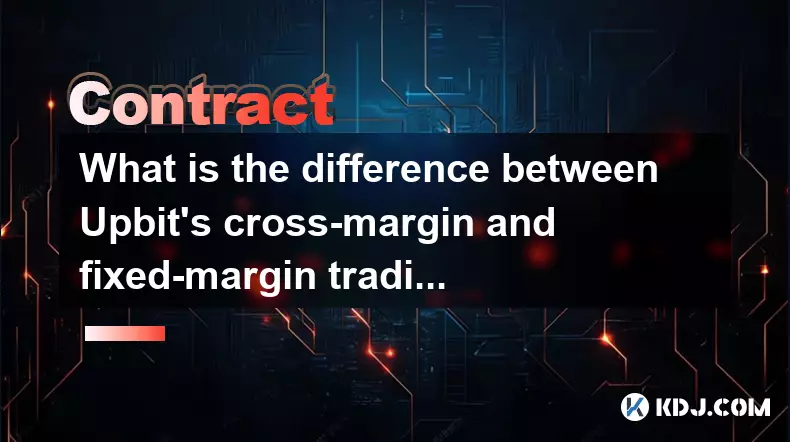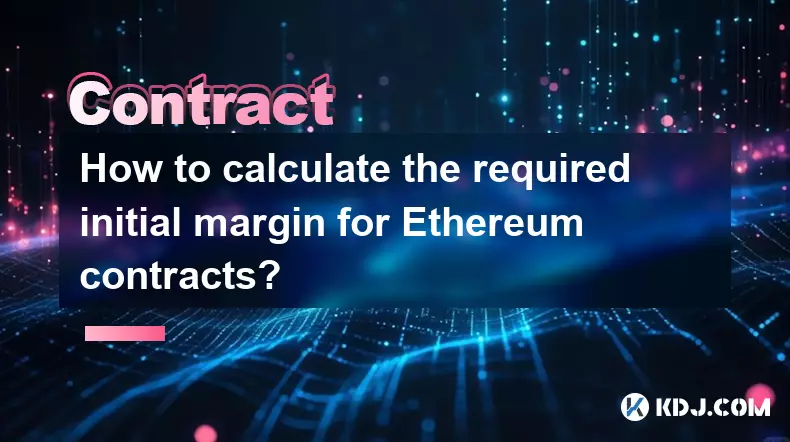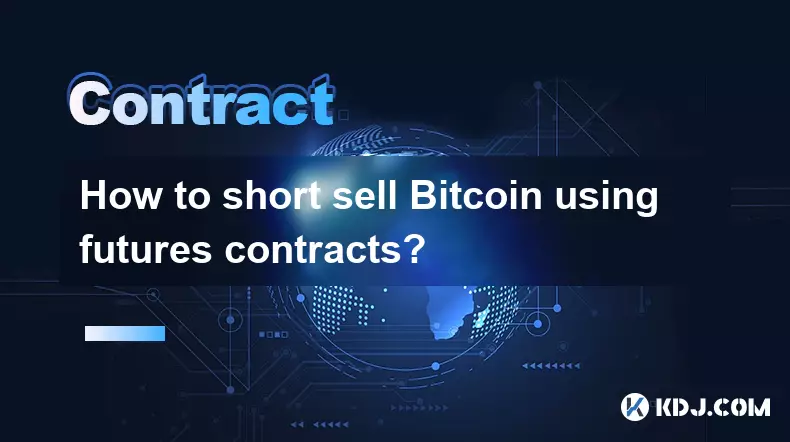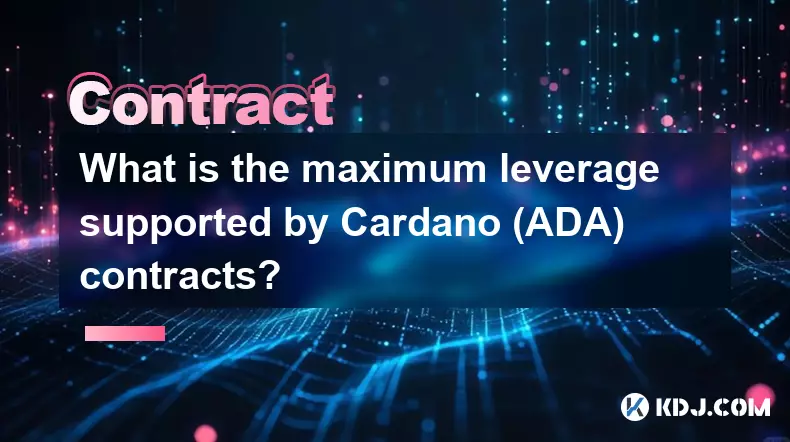-
 bitcoin
bitcoin $114779.865156 USD
2.30% -
 ethereum
ethereum $4226.519789 USD
2.39% -
 tether
tether $1.000545 USD
0.04% -
 xrp
xrp $2.890223 USD
0.92% -
 bnb
bnb $1030.029301 USD
2.95% -
 solana
solana $212.824944 USD
1.69% -
 usd-coin
usd-coin $0.999757 USD
0.01% -
 dogecoin
dogecoin $0.234961 USD
-0.27% -
 tron
tron $0.337174 USD
0.42% -
 cardano
cardano $0.804783 USD
0.09% -
 hyperliquid
hyperliquid $45.748770 USD
-2.85% -
 chainlink
chainlink $21.699170 USD
0.82% -
 ethena-usde
ethena-usde $1.001452 USD
0.08% -
 avalanche
avalanche $30.237800 USD
1.14% -
 stellar
stellar $0.372604 USD
1.52%
What is the difference between Upbit's cross-margin and fixed-margin trading modes?
Cross-margin uses all eligible assets as collateral, offering more buffer against liquidation, while fixed-margin limits risk to the initial deposit, providing clearer risk control per trade.
Sep 28, 2025 at 01:54 pm

Cross-Margin vs Fixed-Margin on Upbit: Key Differences
1. In cross-margin trading, the entire available balance in a user’s margin account is used as collateral for open positions. This means that all assets contribute to maintaining the position and preventing liquidation. If one asset declines in value, others can compensate, offering a buffer against sudden market swings.
2. Fixed-margin trading restricts the collateral to only the initial amount deposited for a specific trade. No other funds in the account are at risk beyond that predefined sum. This mode gives traders tighter control over exposure but increases the likelihood of liquidation if the market moves sharply against the position.
3. Risk distribution differs significantly between the two modes. Cross-margin spreads risk across the portfolio, potentially increasing resilience during volatility. Fixed-margin isolates risk to individual trades, which can be safer for disciplined strategies but requires closer monitoring.
4. Liquidation thresholds are generally more forgiving in cross-margin because additional equity supports the position. In fixed-margin, once the initial margin falls below the maintenance level, liquidation occurs immediately without drawing from other sources.
5. Cross-margin suits traders managing multiple positions with diversified assets, while fixed-margin appeals to those prioritizing precise risk boundaries per trade.
Impact on Trading Strategy and Capital Efficiency
1. Traders using cross-margin can leverage their total holdings more efficiently. Since the system aggregates all eligible assets, they may open larger positions than would be possible under fixed-margin constraints.
2. Capital efficiency comes with increased complexity. A downturn in an unrelated asset could indirectly affect the health of an otherwise stable leveraged position due to shared collateral.
3. Fixed-margin allows for compartmentalized risk assessment. Each trade operates independently, making performance tracking and strategy adjustments more straightforward.
4. In volatile markets, cross-margin users might benefit from temporary dips being offset by stronger assets, reducing forced exits.
5. Over-leveraging becomes harder to detect in cross-margin setups. Without careful oversight, traders might unknowingly expose themselves to systemic risk across their entire margin portfolio.
User Control and Flexibility
1. With fixed-margin, users manually set the amount of collateral assigned to each trade. This offers transparency and predictability, especially useful for algorithmic or rule-based trading systems.
2. Cross-margin automatically allocates available funds, removing manual input but also limiting fine-tuned control. Users must trust the platform's mechanism to manage collateral dynamically.
3. Adjusting positions mid-trade varies between modes. In fixed-margin, changing collateral typically requires closing and reopening the position. Cross-margin adapts organically as balances fluctuate.
4. Traders who prefer hands-on management often lean toward fixed-margin, whereas those comfortable with integrated risk models favor cross-margin.
5. Fund segregation plays a role in decision-making. Fixed-margin aligns better with traders allocating specific capital pools for distinct strategies, such as long-term holds versus short-term speculation.
Frequently Asked Questions
Can I switch between cross-margin and fixed-margin after opening a position? No, the margin mode must be selected before entering a trade. Once a position is opened, the mode cannot be changed. Users need to close the current position and reopen it under the desired margin type.
Does cross-margin use all cryptocurrencies in my wallet automatically? Not all assets are included. Only those supported by Upbit’s margin program and marked as eligible collateral contribute to cross-margin positions. Stablecoins and major pairs like BTC and ETH are typically accepted.
Which mode results in faster liquidation during sharp price drops? Fixed-margin tends to liquidate faster because it relies solely on the initial deposit. Without supplementary equity from other holdings, even small adverse movements can trigger margin calls sooner than in cross-margin scenarios.
Is interest charged differently between the two modes? Interest is based on borrowed amounts, not the margin mode itself. However, since cross-margin may allow larger borrowings due to higher effective collateral, total interest costs can increase depending on usage.
Disclaimer:info@kdj.com
The information provided is not trading advice. kdj.com does not assume any responsibility for any investments made based on the information provided in this article. Cryptocurrencies are highly volatile and it is highly recommended that you invest with caution after thorough research!
If you believe that the content used on this website infringes your copyright, please contact us immediately (info@kdj.com) and we will delete it promptly.
- BlockDAG, DOGE, HYPE Sponsorship: Crypto Trends Shaping 2025
- 2025-10-01 00:25:13
- Deutsche Börse and Circle: A StableCoin Adoption Powerhouse in Europe
- 2025-10-01 00:25:13
- BlockDAG's Presale Buzz: Is It the Crypto to Watch in October 2025?
- 2025-10-01 00:30:13
- Bitcoin, Crypto, and IQ: When Genius Meets Digital Gold?
- 2025-10-01 00:30:13
- Stablecoins, American Innovation, and Wallet Tokens: The Next Frontier
- 2025-10-01 00:35:12
- NBU, Coins, and Crypto in Ukraine: A New Yorker's Take
- 2025-10-01 00:45:14
Related knowledge

How to calculate the required initial margin for Ethereum contracts?
Oct 01,2025 at 06:01am
Understanding Initial Margin in Ethereum Futures1. The initial margin for Ethereum futures contracts represents the minimum amount of capital a trader...

How to short sell Bitcoin using futures contracts?
Oct 01,2025 at 02:54am
Understanding the Role of Decentralized Exchanges in Crypto Trading1. Decentralized exchanges (DEXs) have become a cornerstone of the cryptocurrency e...

Are PEPE contracts a good way to trade volatility?
Oct 01,2025 at 04:18am
Understanding PEPE Contracts in the Cryptocurrency Market1. PEPE contracts, derived from the broader meme coin movement, have gained attention due to ...

What is the maximum leverage supported by Cardano (ADA) contracts?
Sep 30,2025 at 03:37am
Understanding Leverage in ADA Derivatives Trading1. Leverage in cryptocurrency futures and perpetual contracts allows traders to control larger positi...

How do I use the scheduled order feature in Cardano (ADA) contracts?
Sep 28,2025 at 10:18pm
Understanding Scheduled Orders in Cardano Smart ContractsCardano operates on a proof-of-stakes consensus mechanism and uses the Plutus scripting langu...

Can I modify the leverage of Cardano (ADA) contracts after opening a position?
Sep 30,2025 at 08:19am
Understanding Leverage in Cardano (ADA) Futures Trading1. Leverage allows traders to control larger positions using a smaller amount of capital. In th...

How to calculate the required initial margin for Ethereum contracts?
Oct 01,2025 at 06:01am
Understanding Initial Margin in Ethereum Futures1. The initial margin for Ethereum futures contracts represents the minimum amount of capital a trader...

How to short sell Bitcoin using futures contracts?
Oct 01,2025 at 02:54am
Understanding the Role of Decentralized Exchanges in Crypto Trading1. Decentralized exchanges (DEXs) have become a cornerstone of the cryptocurrency e...

Are PEPE contracts a good way to trade volatility?
Oct 01,2025 at 04:18am
Understanding PEPE Contracts in the Cryptocurrency Market1. PEPE contracts, derived from the broader meme coin movement, have gained attention due to ...

What is the maximum leverage supported by Cardano (ADA) contracts?
Sep 30,2025 at 03:37am
Understanding Leverage in ADA Derivatives Trading1. Leverage in cryptocurrency futures and perpetual contracts allows traders to control larger positi...

How do I use the scheduled order feature in Cardano (ADA) contracts?
Sep 28,2025 at 10:18pm
Understanding Scheduled Orders in Cardano Smart ContractsCardano operates on a proof-of-stakes consensus mechanism and uses the Plutus scripting langu...

Can I modify the leverage of Cardano (ADA) contracts after opening a position?
Sep 30,2025 at 08:19am
Understanding Leverage in Cardano (ADA) Futures Trading1. Leverage allows traders to control larger positions using a smaller amount of capital. In th...
See all articles










































































